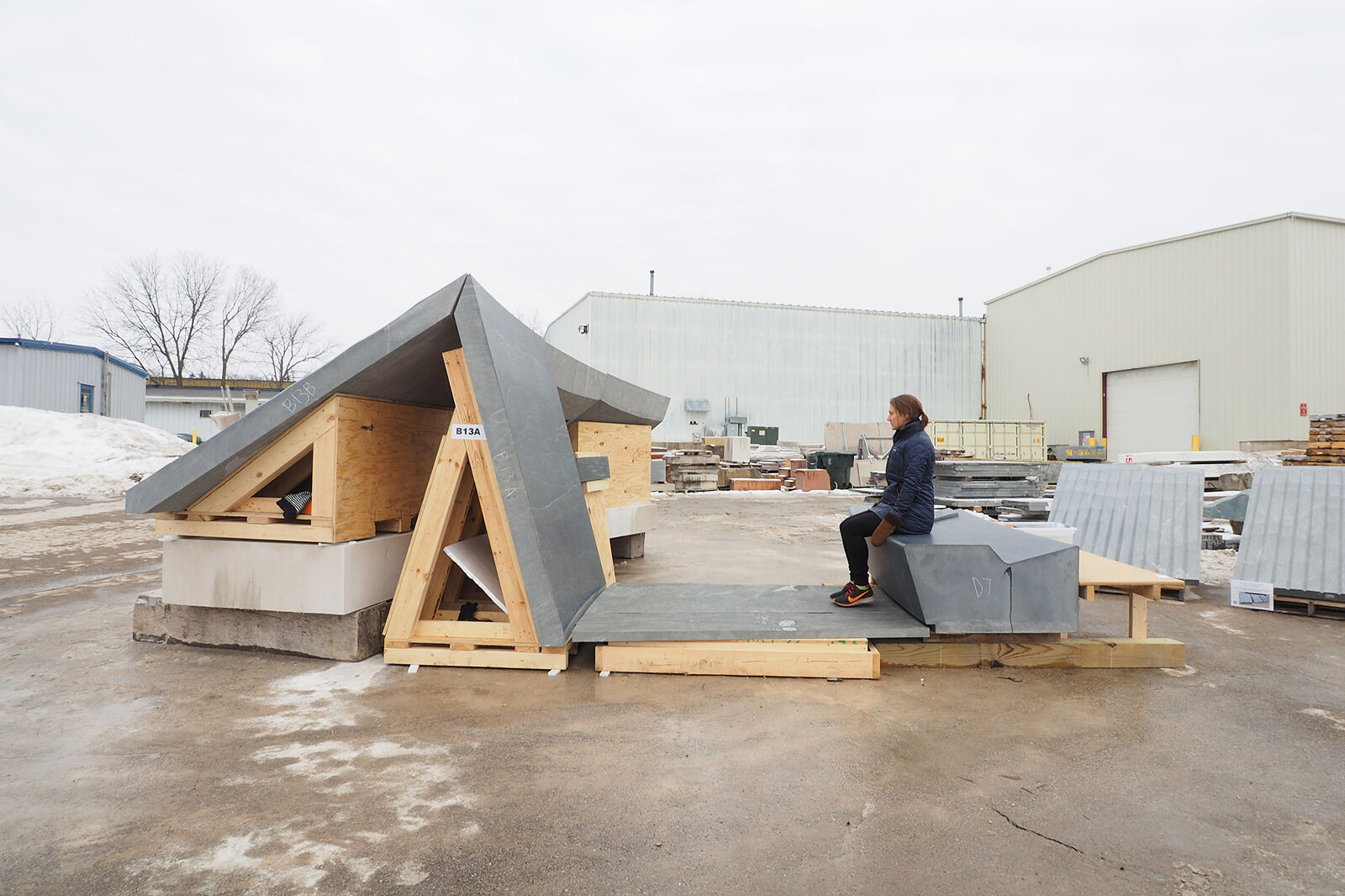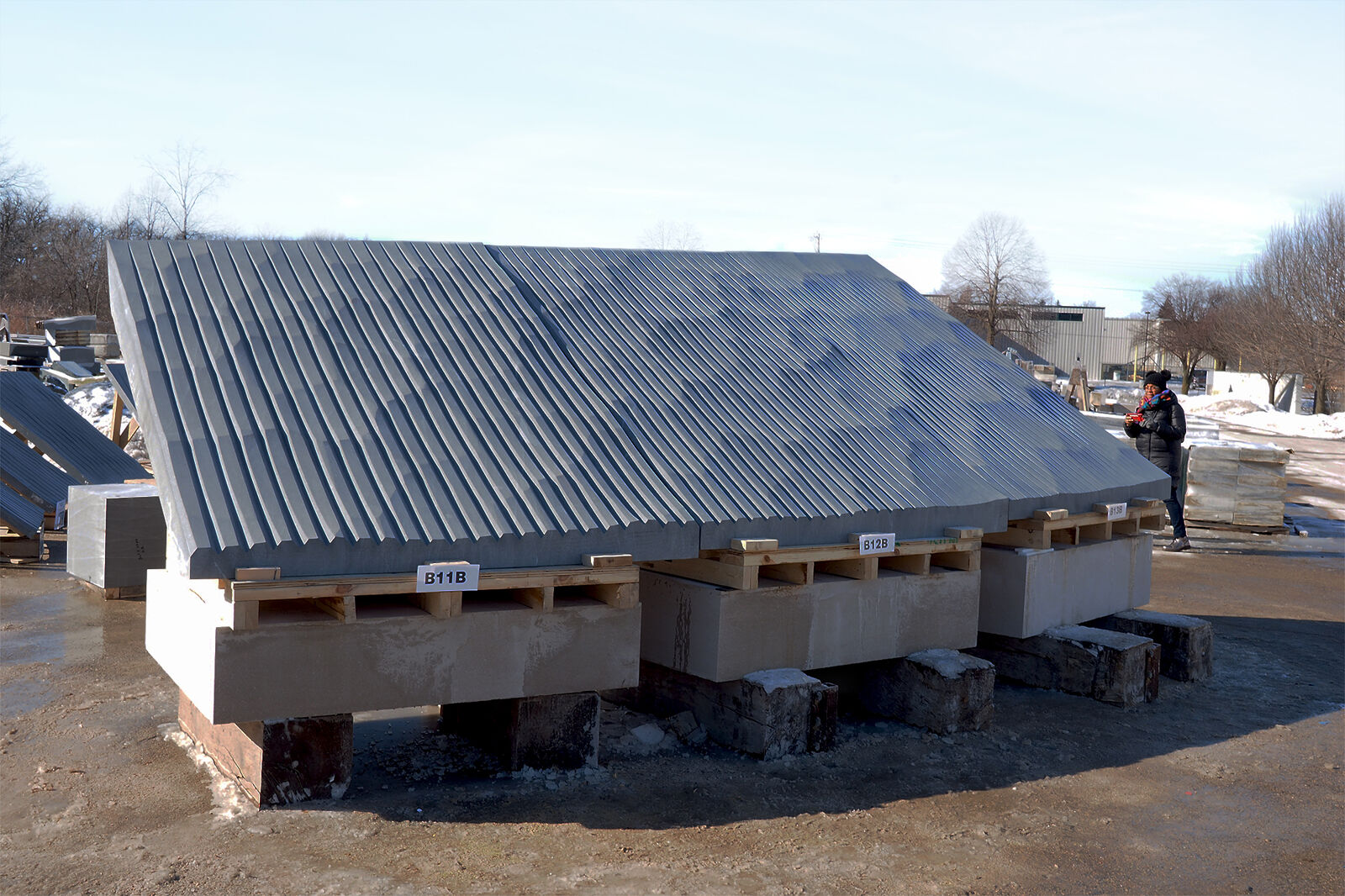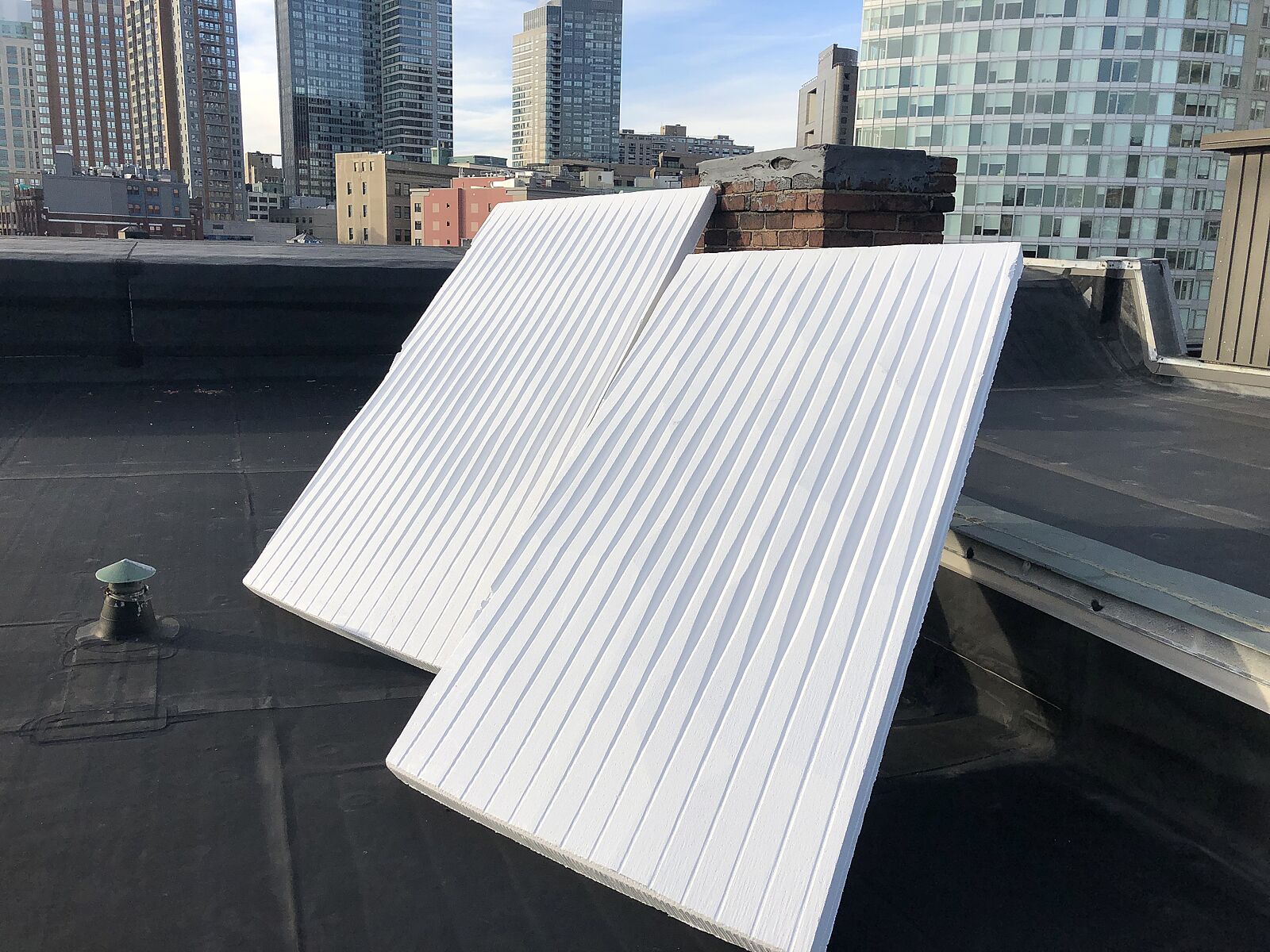

The Memorial to Enslaved Laborers (MEL) at the University of Virginia honors the lives, labor, and perseverance of the approximately 4,000 enslaved men, women and children who built and sustained the daily life of faculty and students at the University.


The memorial, the result of a collaborative design process involving UVA students, the Charlottesville community, and descendents of the enslaved, is sited in the valley on the east side of the Lawn, directly east of Jefferson’s famous rotunda. It sits in an area called the Triangle of Grass, part of the UNESCO World Heritage Site, and along University Avenue that connects to downtown Charlottesville.

The valleys that frame the entrance into the Academical Village were part of a larger landscape strategy to hide enslaved labor from view. The memorial transforms the historical usage of the landscape as a tool of domination into an open and welcoming gathering place.
An abstract granite ring embedded in the terrain, the memorial reveals a circular gathering space for the community, a center for the public conversation that initially catalyzed it.


An estimated 4,000 enslaved persons worked on the Grounds of UVA between 1817 and 1865, when the Union Army liberated the enslaved of Albemarle County. Owned or rented by the University, they created and maintained its famous grounds, pavilions, and Rotunda.
The interior wall records the names of enslaved laborers who worked at UVA, as well as ‘memory marks’ to signify those whose names were lost to historical record. As scholarshp uncovers more names, they will be added to the wall.

The memorial was spontaneously inaugurated as a gathering place for group and individual contemplation during the national protests against racialized violence.



MEL consists of concentric granite rings, into which nest a circular meeting ground, a water table featuring a timeline honoring the enslaved, a sweeping concave wall of memory marks and names of the enslaved community, and a textured convex stone surface inscribed with a portrait of Isabella Gibbons, an enslaved domestic worker at UVA and later a teacher in Charlottesville.

